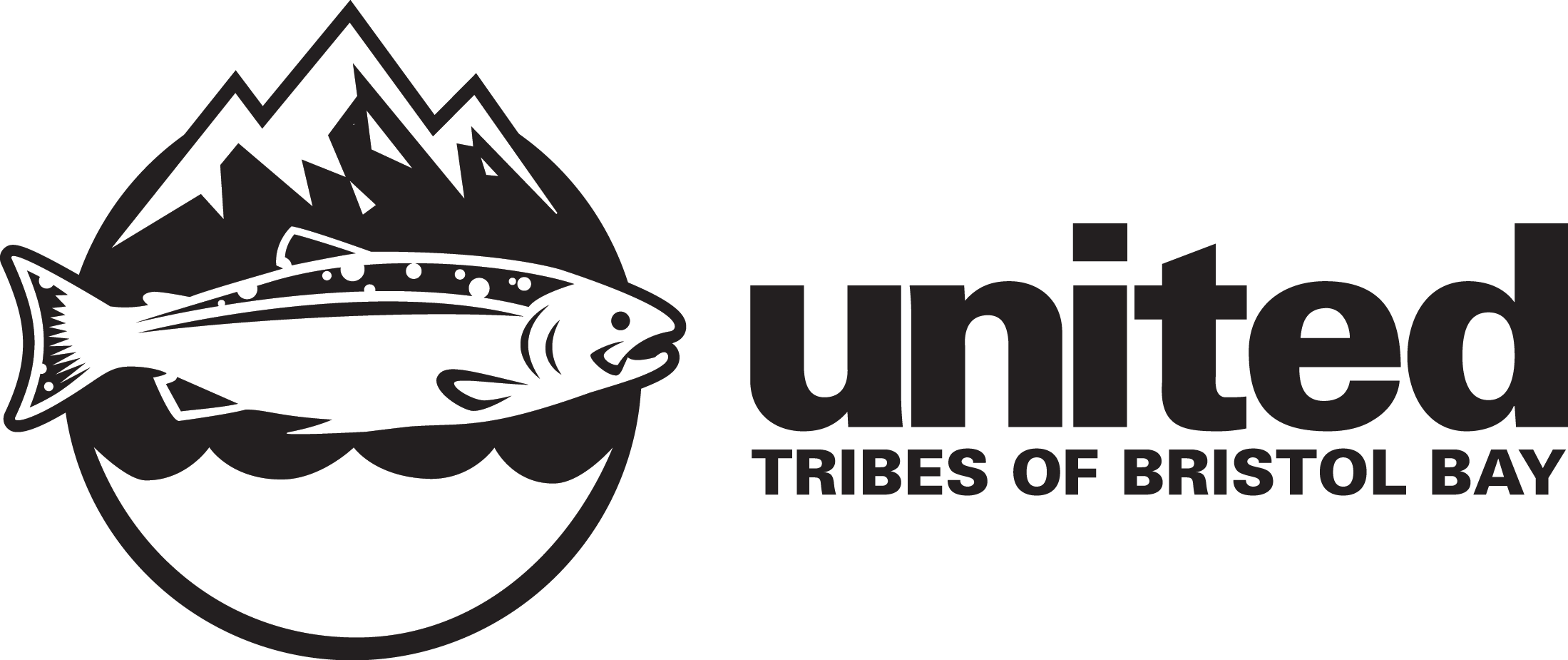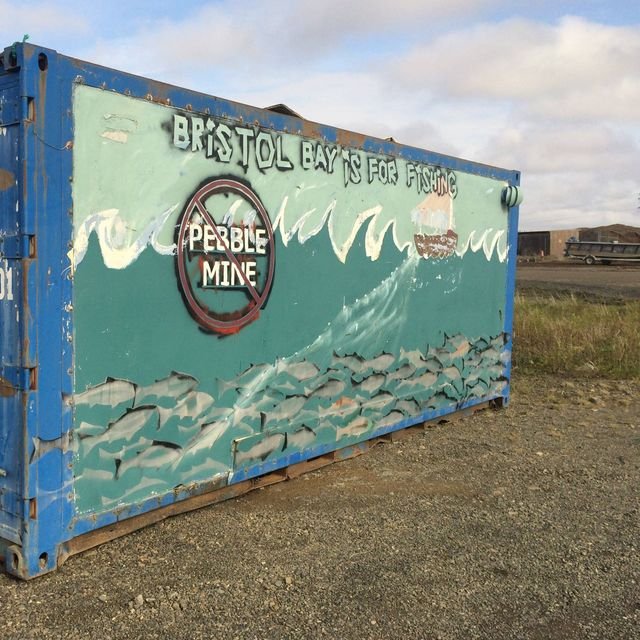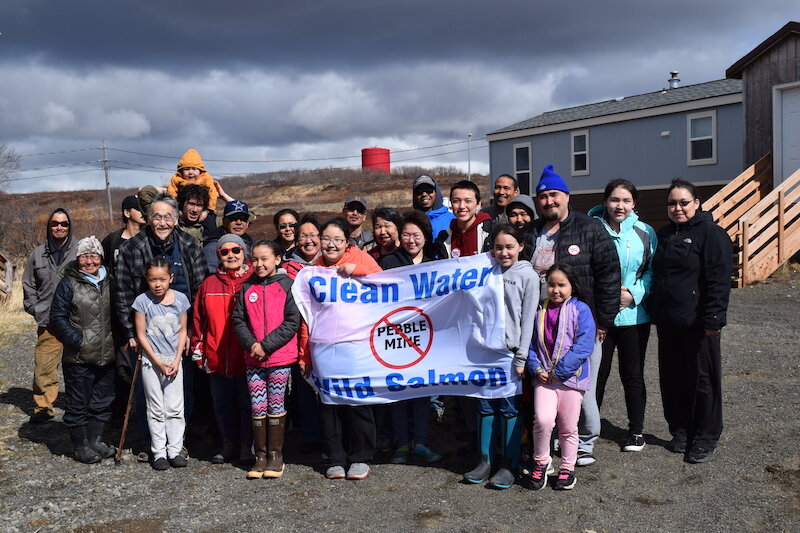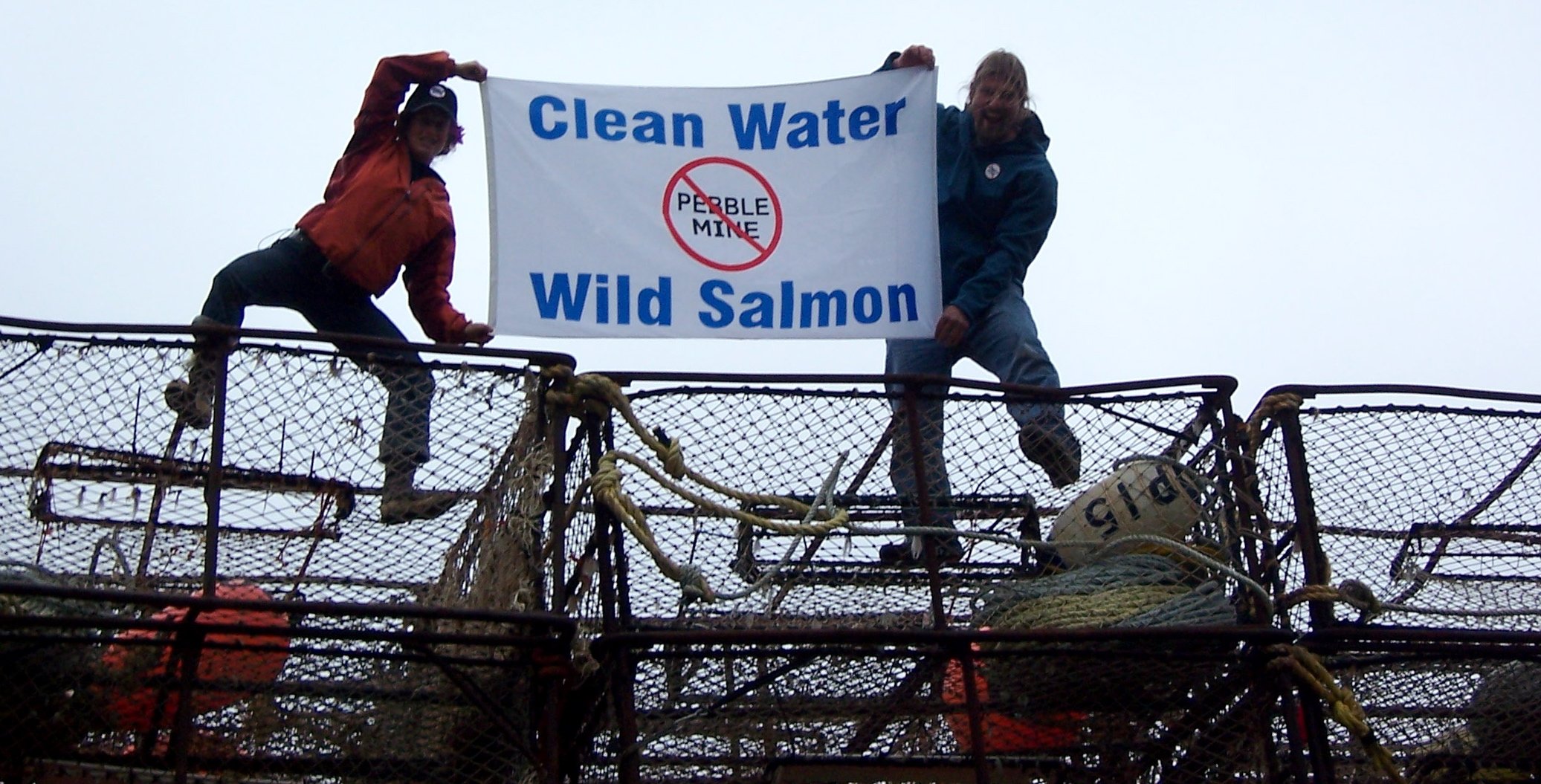“The mining of the Pebble deposit at any of these sizes, even the smallest, could result in significant and unacceptable adverse effects on ecologically important streams, wetlands, lakes, and ponds and the fishery areas they support.”
10 Billion Tons of Toxic Waste
Mine waste disposal in the Bristol Bay watershed is a direct threat to the traditional Yup’ik, Dena’ina, and Alutiiq ways of life here. It also threatens a healthy and sustainable source of wild salmon that makes up 50% of the global sockeye supply.
Largest Mining Proposal in North America
If built, the Pebble Mine project would be the largest in North America, including a pit over a mile long, a mile wide and 200 meters deep, destroying nearly 3,500 acres of wetlands, lakes, and ponds and 81 miles of salmon streams. And that only includes waters directly displaced by mine facilities, not the thousands more acres that would be impacted by mining activity within the region.
A Brief History
Although the Pebble West deposit was discovered in the 1980s, the prospect of a mine at that site became a real threat when Northern Dynasty, a junior Canadian company, acquired the state leases to Pebble from Teck Cominco in 2001 and began pursuing a mine.
It became clear in the beginning that Northern Dynasty was willing to cut corners in initial exploration and land use activity at the mine site. The Pebble Partnership conducted work that affected mammals that once traversed the land and disregarded regulations, which led to waste material left on site, and even racked up state fines for unpermitted water withdrawals. As the partnership grew and gained financial support from additional companies,Tribes started learning about the impacts of large-scale hard rock mining and their toxic history. This included workshops sponsored by the University and it was after this information that Tribes began working to oppose the mine. In response, Bristol Bay entities began passing formal resolutions opposing the proposed Pebble Mine. Nunamta Alukestai, the first regional organization to oppose the project, was formed in 2007 to represent the Alaska Native village corporations in Bristol Bay that opposed the project.
In 2010, six Tribes turned to the federal government for help after being ignored by the State of Alaska. They petitioned the U.S. EPA to prohibit mines like Pebble in the Bristol Bay watershed through their authority under section 404(c) of Clean Water Act. The EPA responded by launching the Bristol Bay Watershed Assessment in 2011 to determine the type of impact large-scale hard-rock mining could have on the fishery
A Coalition is Formed
The wide-spread opposition did not go unnoticed. In 2011, Mitsubishi became the first big company to walk away from the project, followed by Anglo American (2013) and Rio Tinto (2014). At the same time, opposition was gaining traction. Recognizing the magnificence of the region and threat posed by Pebble, dozens of partners in Alaska and around the country joined in support of our effort. United Tribes of Bristol Bay was formed in 2013, marking the second local organization formed to work alongside fishing and environmental partners elsewhere in Alaska and the Lower 48 on protecting the region’s pristine land and water.
Meanwhile, the EPA’s peer-reviewed watershed assessment was published in 2014. It concluded that “the mining of the Pebble deposit at any of these sizes, even the smallest, could result in significant and unacceptable adverse effects on ecologically important streams, wetlands, lakes, and ponds and the fishery areas they support.” The subsequent EPA proposed determination called for protections due to the uniqueness of the area that would prevent large-scale hard-rock mining at the headwaters of the watershed. During the comment periods that followed, more than a million Americans weighed in supporting the proposed protections for the region.
A Decade of Resistance
Unfortunately, 2014 proposed determination was stalled in court. Pebble sued the EPA, delaying the process for several years. Ultimately, the science behind the Bristol Bay Watershed Assessment was upheld in a 2017 out-of-court settlement, but the agency’s ability to put protections into place was delayed. Pebble then filed its first development permit in late 2017, the 404 (c) Clean Water Act Dredge and Fill permit, kick-starting the federal environmental review process.
From 2017 to 2020, the U.S. Army Corps of Engineers conducted a rushed and incomplete, environmental review process, publishing their final “Environmental Impact Statement” in July 2020. During this process, Bristol Bay residents and others submitted thousands of written comments detailing specific concerns with Pebble’s proposal. The Army Corps of Engineers also held two rounds of public meetings on the mine permit, during which the vast majority (more than 90 percent) of watershed residents, as well as other Alaskans and Americans, spoke against the project, outlining a wide-range of flaws & inconsistencies in the plan, and detrimental impacts it would have on the region’s lands, waters and people. Federal agencies and independent technical experts weighed in as well, concluding that Pebble’s proposal would cause irreparable harm to Bristol Bay’s waters and people. Ultimately, the Army Corps denied the permit in November 2020.
Bristol Bay Forever
Bristol Bay Tribes and partners continue to work to protect the watershed, and in December 2020 launched “The Call to Protect Bristol Bay” a two-step proposal to provide permanent protections for our waters and all they sustain. The proposal calls for the Environmental Protection Agency to enact 404 (c) Clean Water Act protections to stop the Pebble Mine, and for legislation to provide further protections and permanently ban large-scale mines like Pebble within the entirety of the Bristol Bay watershed.
In November 2021, courts directed the Environmental Protection Agency to re-initiate the multi-step Clean Water Act Section 404(c) process for Bristol Bay. On May 26, 2022, EPA released a Revised Proposed Determination outlining proposed protections, to which hundreds of thousands of Alaskans and American submitted supportive comments to the Agency.
On January 31, 2023 the EPA published its “Final Determination” outlining prohibitions and restrictions that will prevent a large-scale mine from being developed at the Pebble deposit due to the adverse impacts such a mine would have on Bristol Bay’s people, waters, and salmon fishery. This news is decades in the making and was initiated in 2010 when Bristol Bay’s Tribes first formally petitioned the EPA to use their authority under the Clean Water Act to protect the pristine watershed.
The protections will prohibit and restrict the use of certain waters—in the South Fork Koktuli, North Fork Koktuli, and Upper Talarik Creek watersheds—in Bristol Bay as a disposal site for the discharge of dredged or fill material associated with mining at the Pebble deposit. Additionally, the Final Determination prohibits future proposals to develop a mine at the Pebble deposit which have impacts similar or greater than the mine plan denied by the Army Corps of Engineers in 2020.
Learn more at:
EPA
Pebble Science





